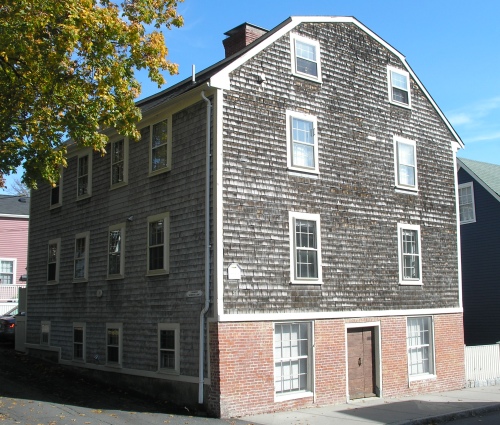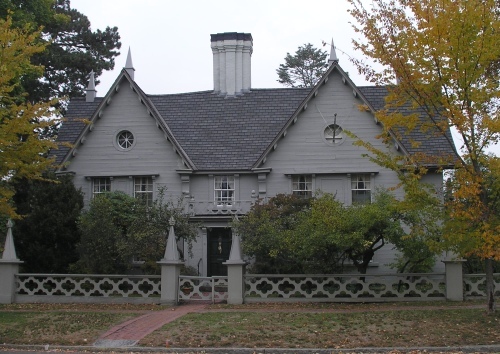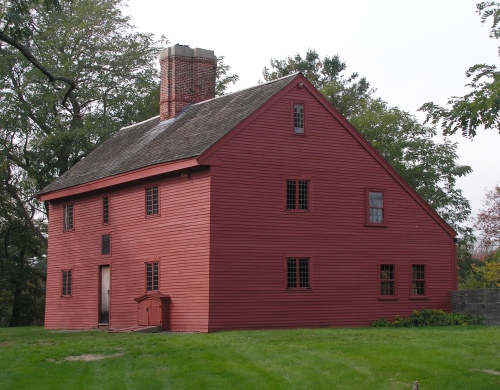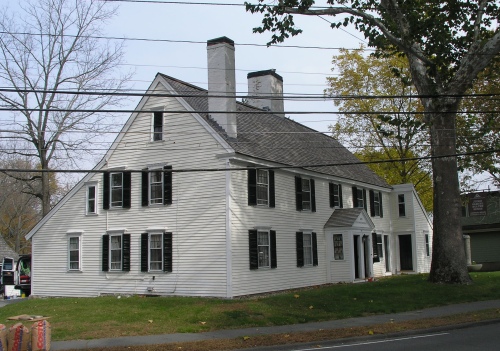Ingersoll’s Ordinary (1670)
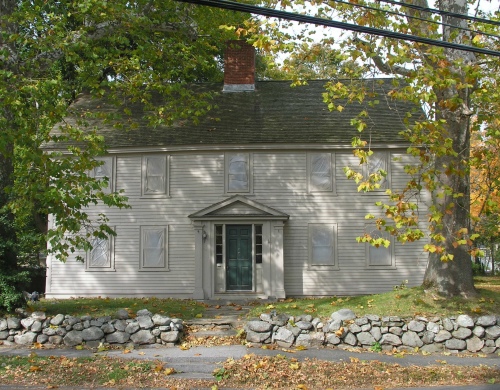
The earliest sections of Ingersoll’s Ordinary in Danvers date to around 1670, although the building has had additions and changes over the years, most notably in 1753. In the late seventeenth century, when Danvers was known as Salem Village, this ordinary, an early type of inn and tavern, was run by Deacon Nathaniel Ingersoll. During the Salem Witch Hysteria of 1692, the ordinary was used by those involved in the examinations, held at the nearby meetinghouse. The first group of women to be accused were originally going to be examined at the ordinary, but the large crowds required the use of the meetinghouse. Tituba, a slave owned by Samuel Parris, was one of the first three people accused of practicing witchcraft during the Salem witch trials. Her husband, John Indian, also owned by Parris, worked at the ordinary. The former ordinary is now a private residence.
